A Manga Thriller Illustrating the Dark Side of Japanese Youth
Artist Shuzo Oshimi observes French modernism in ‘The Flowers of Evil’ to portray the horror of emotions trapped within.
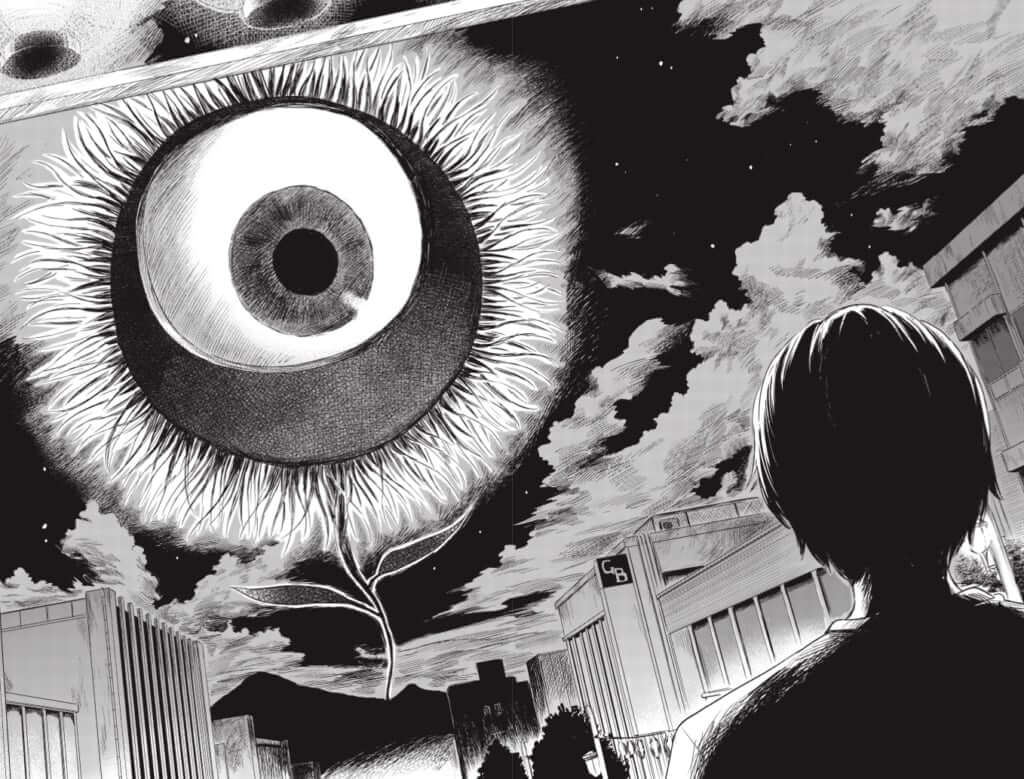
Photo courtesy of Ki-oon.
In Aku no Hana—or The Flowers of Evil—a manga running from 2009 in Bessatsu Shonen Magazine, the simplest character portraits evoke the most guttural, uncanny feeling. With a rather sophisticated sense of realism, Shuzo Oshimi’s small-town psychological thriller—of a teenager’s descent after stealing his high school crush’s gym clothes—shows that true horror lies in our immediate surroundings. As seen in the title, which comes directly from Charles Baudelaire’s Les Fleurs du Mal, the intensely personal manner in which Shuzo Oshimi whispers fear into his readers echoes the most powerful and learnt expressions of alienation in modern history.
Award-winning manga artist Shuzo Oshimi, writing for Kodansha since the early 2000s, explores the coming of age in Japan by drawing from his own experiences. The setting for The Flowers of Evil is based on his hometown in Gunma Prefecture, and his anxious protagonist Kasuga resembles Shuzo Oshimi himself in the kind of literature he enjoys—European surrealists such as Andre Breton or Max Ernst.
Illustrating the Existential
Subtle visual detail in The Flowers of Evil communicates anxiety in the face of societal pressures or estranged desires. The outwardly straightforward everyday life of a Japanese adolescent sometimes slows to a grinding pace, softly stirring up the feeling that something very wrong is happening behind his back. Then, out of no where, we come across hair-raising, abstract entities—monstrous one-eyed flowers peering out of the darkness, a direct reference to French post-impressionist Odilon Redon’s nightmarish paintings. By the time the reader is fully trapped within the story’s psychological realism, surrealist imagery explodes from characters at breaking point.
An anime adaptation was aired in 2013, in which director Hiroshi Nagashima aimed to honour Shuzo Oshimi’s philosophical style using rotoscoping techniques. It was short lived due to extreme difficulty in production, controversy over anti-social messages—perversion and loneliness—and its experimental aesthetic, but it has nonetheless amassed a retrospective following for the atmospheric density it brought to storytelling. In defining discomfort in ambivalent Japanese social life, Shuzo Oshimi has a unique place in Japanese Horror amongst other manga modernists such as Junji Ito and Suehiro Maruo.
The Flowers of Evil (2009) by Shuzo Oshimi, is published in French by Ki-oon and in English by Vertical.
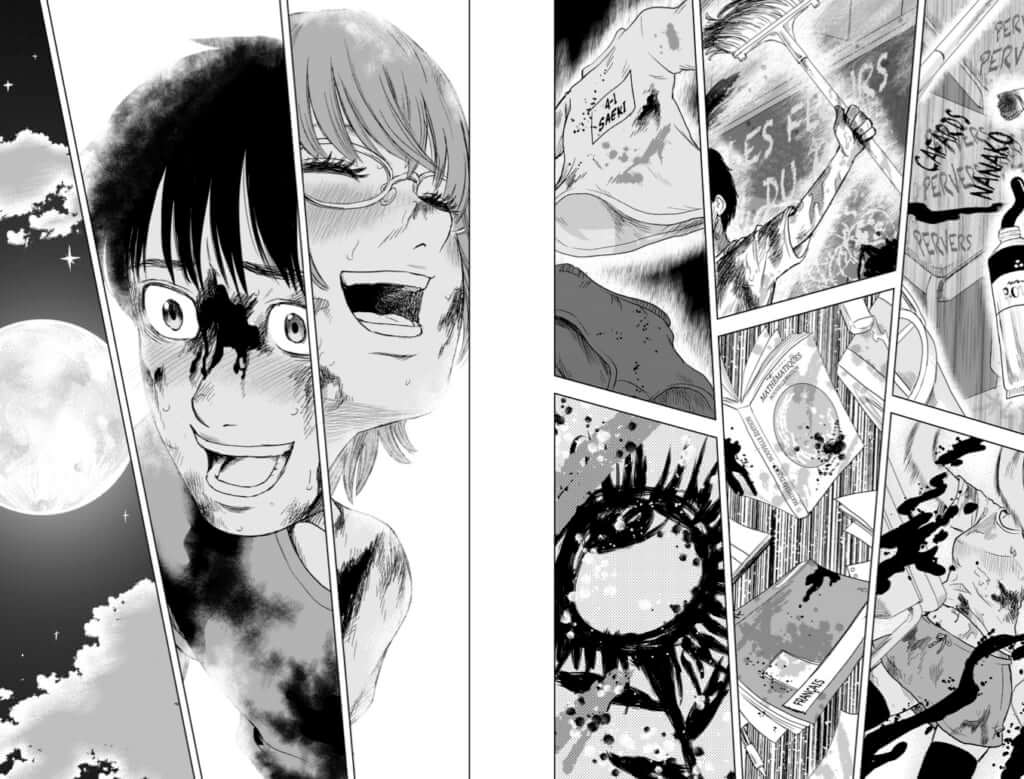
Photo courtesy of Ki-oon.
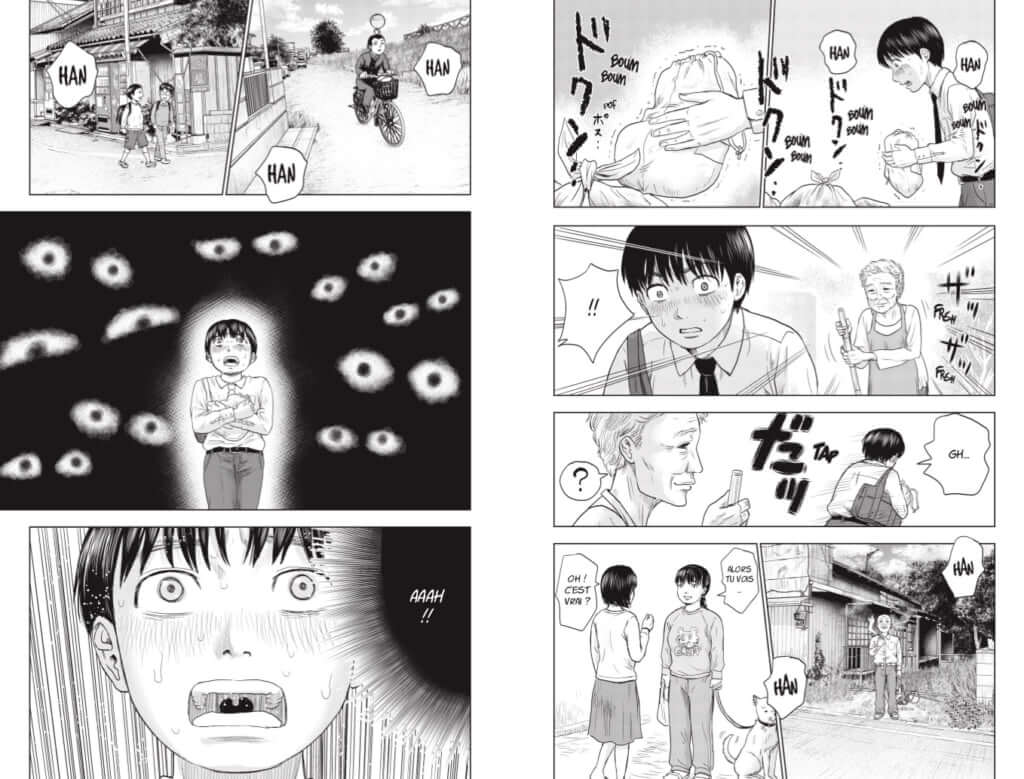
Photo courtesy of Ki-oon.
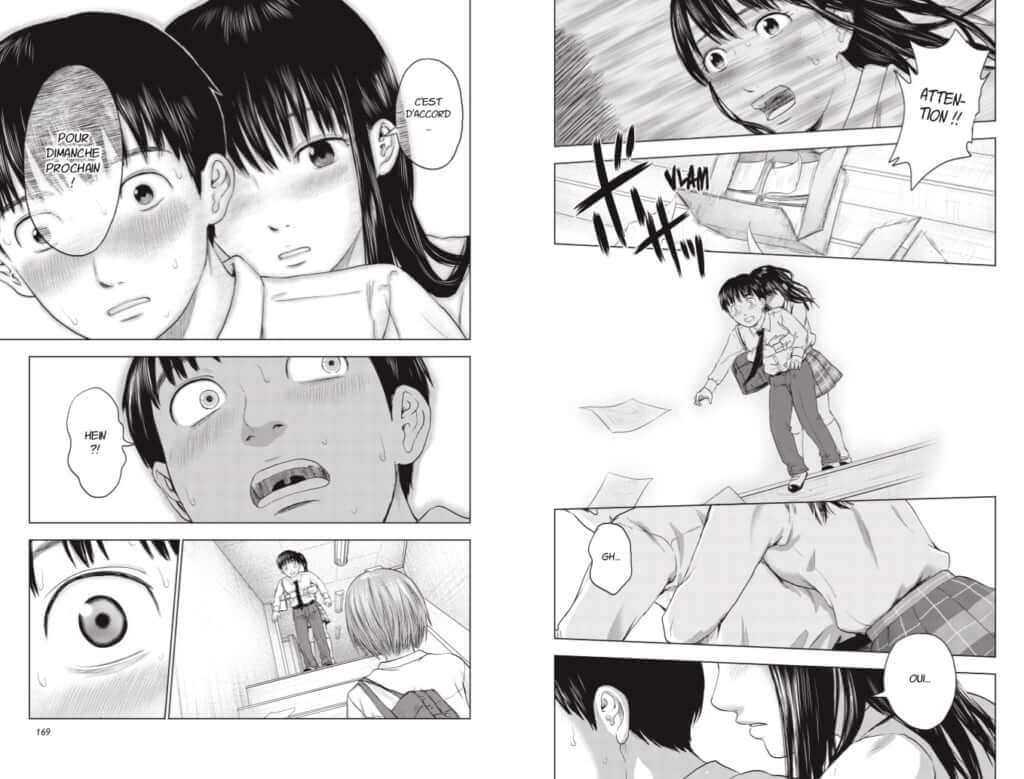
Photo courtesy of Ki-oon.
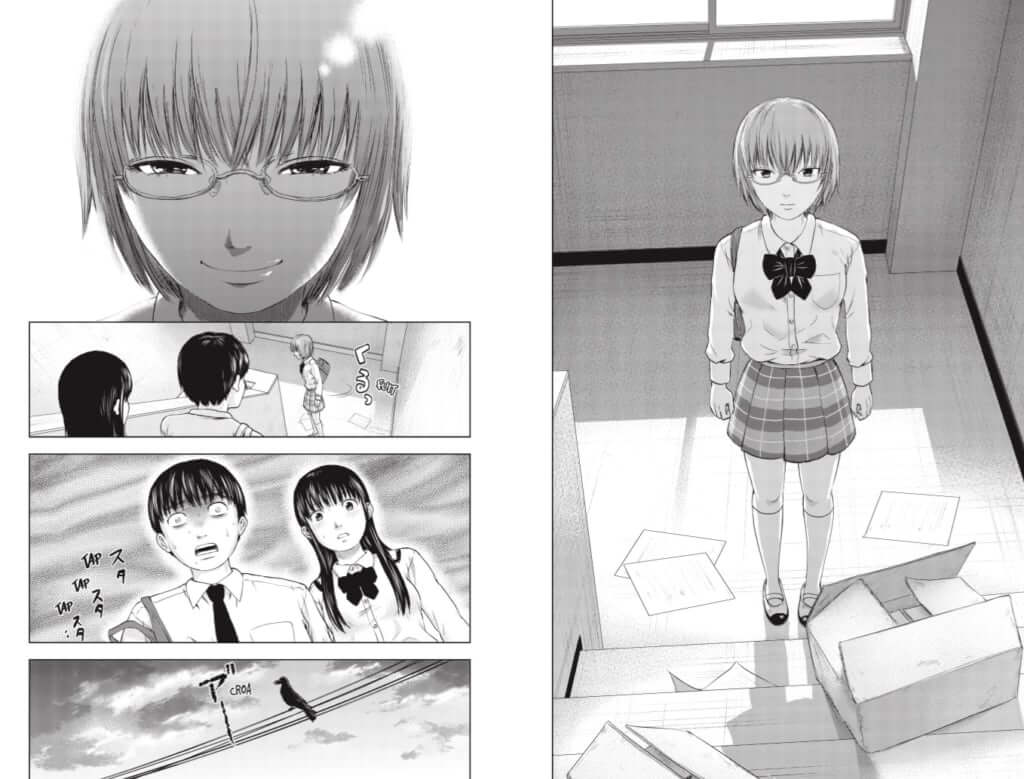
Photo courtesy of Ki-oon.
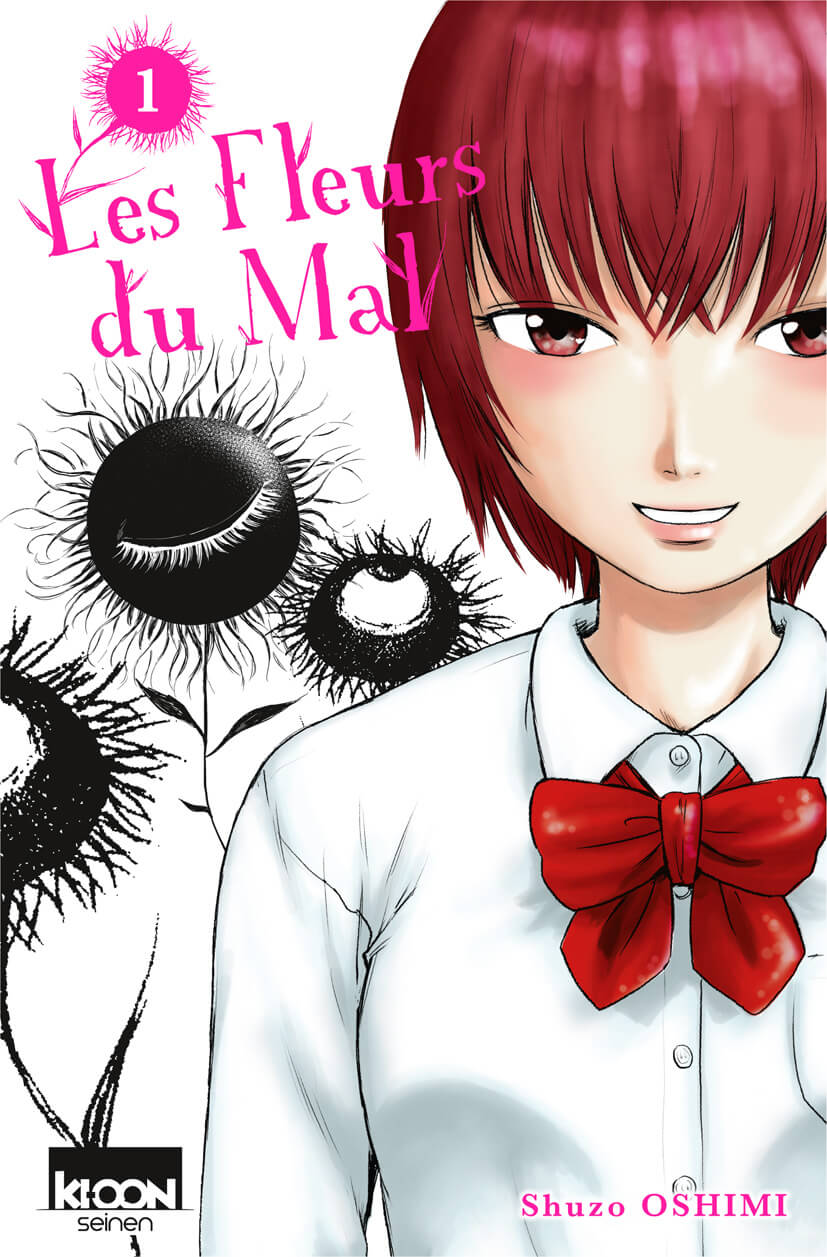
Photo courtesy of Ki-oon.
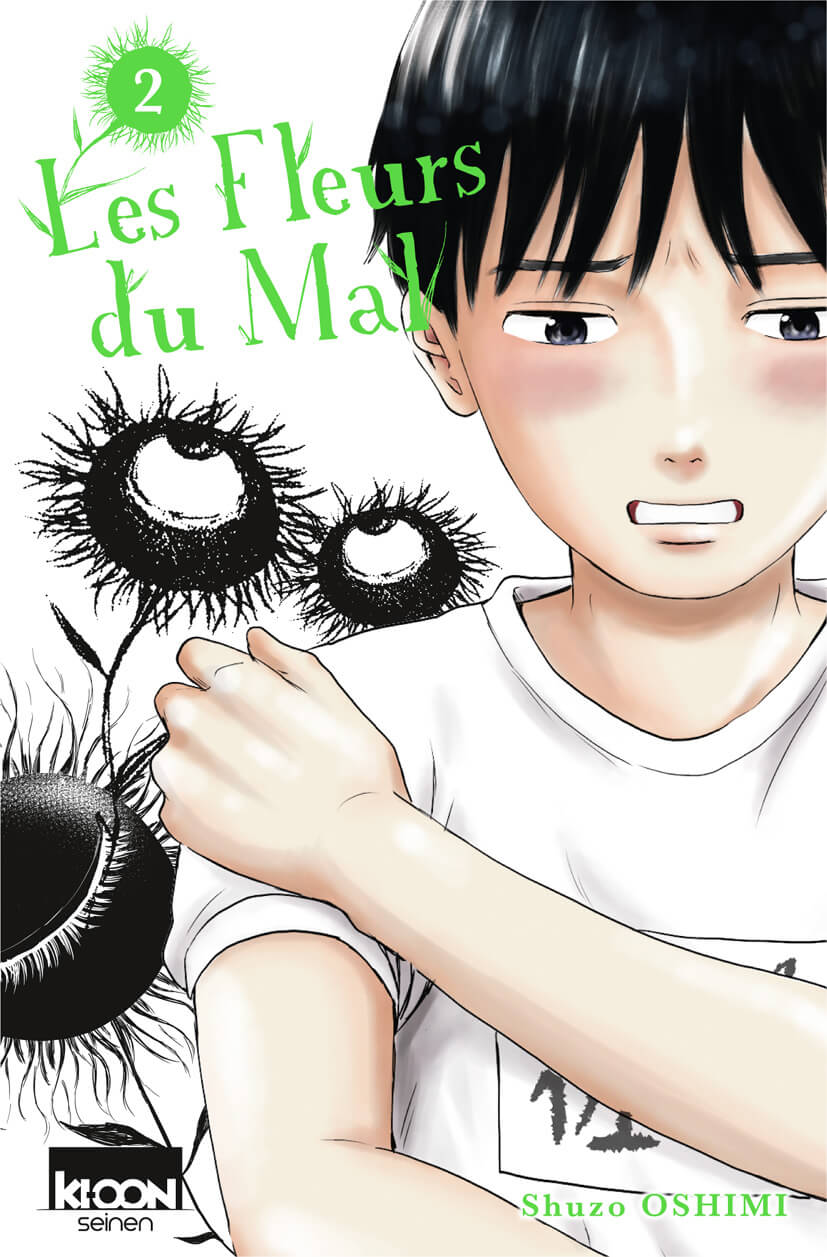
Photo courtesy of Ki-oon.
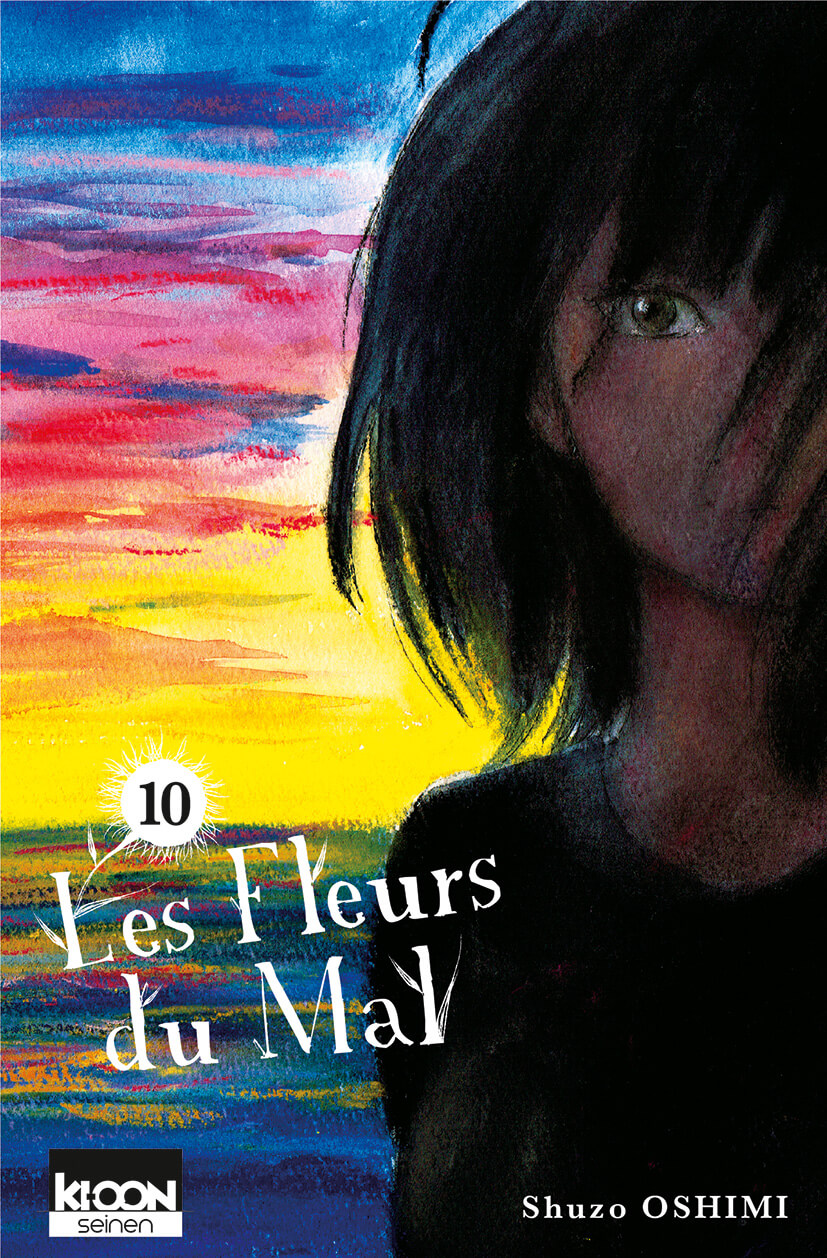
Photo courtesy of Ki-oon.
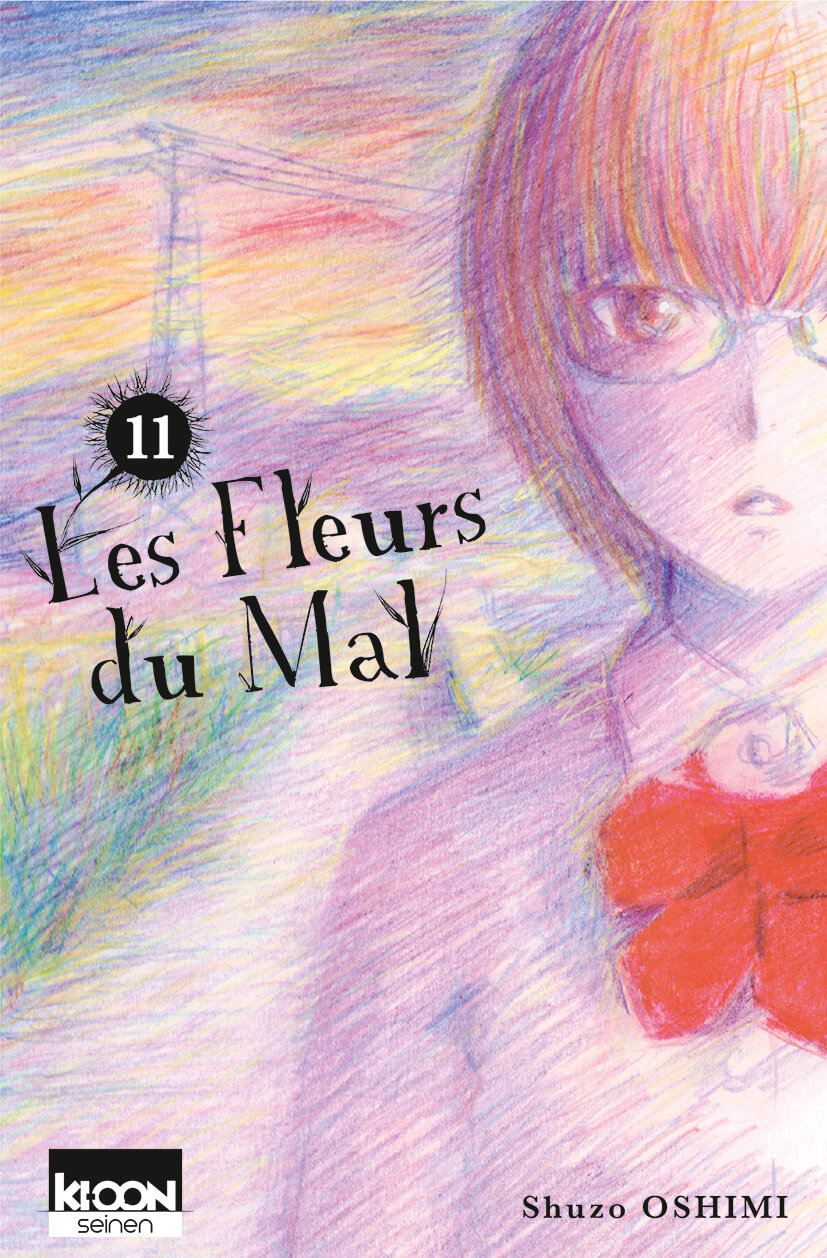
Photo courtesy of Ki-oon.
TRENDING
-
A House from the Taisho Era Reveals Its Secrets
While visiting an abandoned building, Hamish Campbell discovered photographs the owner had taken of the place in the 1920s.

-
The Taboo-Breaking Erotica of Toshio Saeki
The master of the 1970s Japanese avant-garde reimagined his most iconic artworks for a limited box set with silkscreen artist Fumie Taniyama.

-
With Meisa Fujishiro, Tokyo's Nudes Stand Tall
In the series 'Sketches of Tokyo', the photographer revisits the genre by bringing it face to face with the capital's architecture.

-
Masahisa Fukase's Family Portraits
In his series ‘Family’, the photographer compiles surprising photos in which he questions death, the inescapable.

-
Hajime Sorayama's Futuristic Eroticism
The illustrator is the pioneer for a form of hyperrealism that combines sensuality and technology and depicts sexualised robots.





